Looking to try your hand at indoor gardening and want an easy project to start with? Interested in growing your own microgreens as a nutritious addition to your diet? Yep — you’re in the right place!
Growing microgreens has gained popularity in the last few years with a wide range of people. It is a simple, straightforward project to take on when you have the right supplies and start with easy plants. Easy to grow, and require little care, within a couple of weeks you’ll be able to reap the rewards of your work, harvesting tasty little plants.
What are Microgreens?
While most people are familiar with sprouts — very young plants from newly germinated seeds — fewer people are familiar with microgreens.
Simply put, microgreens are the older, more sophisticated cousin to sprouts. Unlike sprouts grown without any growing media and eaten roots and all, microgreens are grown in a substrate, allowed to grow until they develop true leaves, and then harvested at the base and eaten.
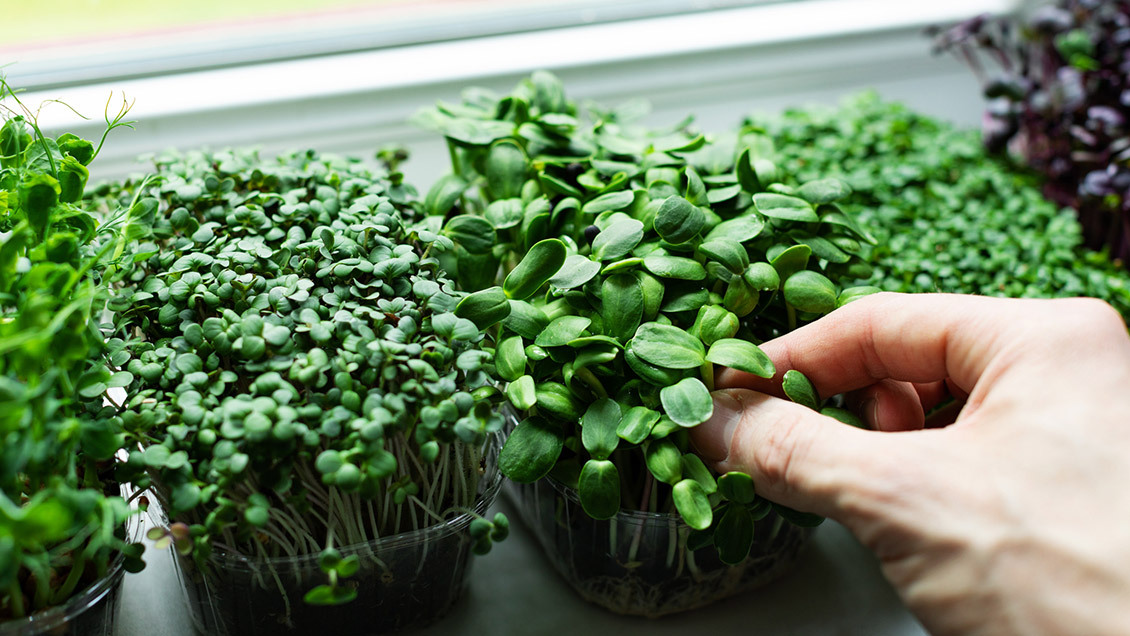
Why You Should Grow Microgreens
Microgreens started as garnishes on fancy dishes in high-end restaurants, over time gaining popularity and showing up on the windowsills of trendy urbanites and health-conscious millennials. The truth is, though, microgreens have some unbeatable unique qualities, and they deserve much more credit than simply a new trend or fad.
- They are small but mighty! Packed with flavor, a small amount of these guys amps up the taste in dishes, cutting down on the need for salt or other dried seasonings.
- Their nutrient content is concentrated compared to mature plants, providing more health benefits.
- They are incredibly easy to grow. Microgreens don’t require the same skills and supplies as growing full-sized plants, making them a fantastic way to delve into indoor gardening.
- They are quick. In just a couple of weeks, the powerhouse plants are ready to harvest.
Growing Conditions
All plants need sunlight and water to grow, and microgreens are no exception. Due to the exceptionally short growing period for these dynamos, there really isn’t a need to worry extensively about their growing conditions. It is helpful, however, to keep them in a spot where the temperature is comfortable.
Sunlight — Edible plants grow best when they are placed in what we call “full-sun” spots. Indoors, they like areas where they can receive 10-12 hours of bright sun. East-facing windows provide the most sun exposure, followed by south and west. If your home doesn’t get enough sunlight, your plants will grow spindly and lack flavor. Remember, you can always supplement with LED lights if needed. 😉
Watering — A key part of growing microgreens is proper watering. Aim to keep the growing media moist without waterlogging the potting soil, causing mold and fungus to grow. Use a spray bottle to water, especially before germination, to prevent disrupting seeds. Bottled spring water, well water, and rainwater are the best sources, but you can use tap water as long as you don’t own a water softener.
Temperature — Seed germination and plant growth are optimal when temperatures are between 72 °F and 85 °F. During the cooler months, keep microgreens away from leaky window drafts or doors that are frequently opened and closed. One of the best places to grow microgreens is on top of the refrigerator if there is enough sunlight.
Supply List
It doesn’t take much to start a tray of microgreens — a container or two, a substrate to hold the seeds, and the seeds themselves. How much money you invest depends upon your budget and whether you see this being a long-term venture or not.
My tip? Start small and cheap. See if this is something you enjoy doing before putting a bunch of money into it. You can always upgrade later on if you want. Our recommended microgreens grow light.
Containers
What you grow your microgreens in is completely up to you. The only requirement of the container is that it’s able to hold potting soil and seeds. A bonus is if the container has a clear lid! Some people purchase seed trays specifically for germinating, and others use whatever they have lying around at home. Wide, shallow clamshell containers from the market that hold salads, fruit, or cupcakes are perfect.
Growing Media
Next, you need something to fill the containers with. The most popular choice for growing media is potting soil. It’s readily available and inexpensive. If you’re looking for an environmentally friendly alternative, coconut coir is a great option. Growing media holds moisture, it allows air to hang out in the space around the roots, and it holds the seedlings upright as they grow.
Organic seeds
Purchase seeds from a dependable source, or use leftover seeds from a previous gardening year if you have them. Growing microgreens is one of the few times I firmly recommend choose organic. Conventional seeds are often treated with fungicides to prevent damping off during germination. This isn’t a threat when growing mature plants since the chemicals have time to degrade. But with microgreens, the growing window is so short it increases the chance of having fungicide residues on the harvested, young plants.
Planting Instructions
Now that you’ve gathered all of the needed supplies, it’s time to get your hands dirty!
- Start by moistening your growing media with some room-temperature water. You want it to hold together slightly without being able to squeeze water out of it when you grab a handful.
- Using your hands or a plastic cup, add the pre-moistened media to your containers, filling them at least an inch deep.
- Sprinkle your seeds liberally across the top of the potting mix.
- Gently press the seeds down with your hands, making sure they have good contact with the soil. They don’t need to be completely covered.
- Mist gently with water from the spray bottle.
- Cover with the lid.
- Set the container in a spot where it can stay warm.
Harvesting
After your seeds germinate, you should have microgreens ready to eat in about two to three weeks. Observe your little plants. When you see the first set of “true leaves” form and unfurl, they are ready for harvest.
To harvest, use a clean part of sharp scissors to cut plants at the base, just above the potting soil. Do not pull them out of the soil since this pulls up the root system too.
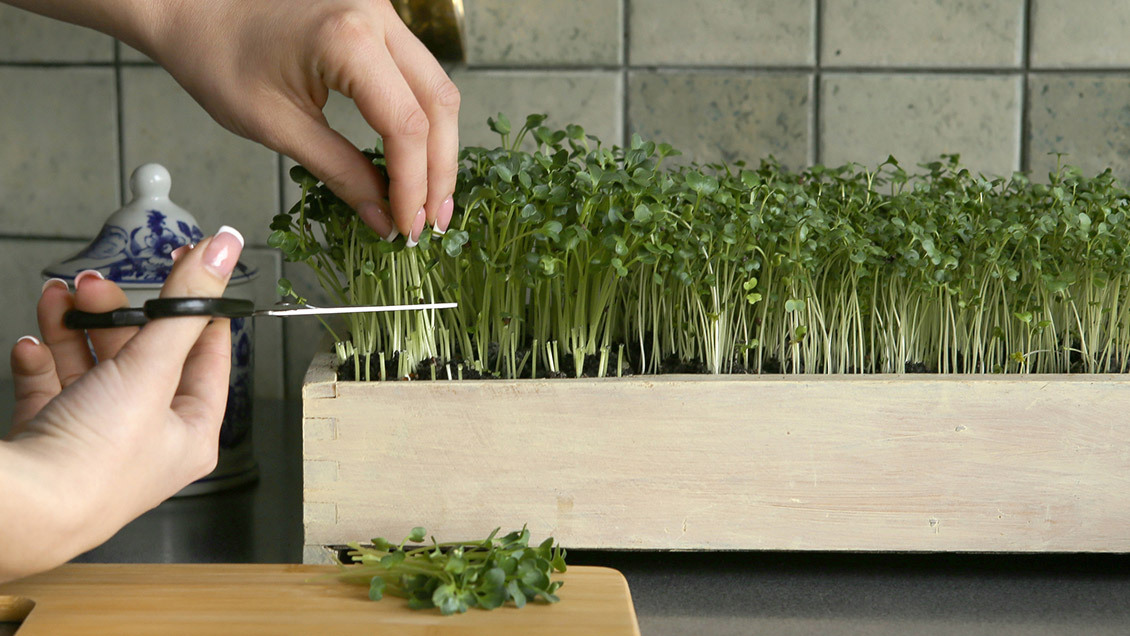
Easiest Microgreens to Grow
As I’ve said a couple of times already, growing microgreens is an easy process. But if you’ve never grown plants before and are looking for the easiest of easy, try your hand at pea shoots, mustard microgreens, or radishes.
Pea Shoots
Pea shoots are packed with vitamins, antioxidants, fiber, and protein. Full of Vitamin A and Vitamin C, they make a nutritious addition to salads and your favorite stir-fry.
Best Varieties to Grow: Any common garden, snow, or snap pea variety.
Days to Harvest: 10 to 14 days.
Mustard Greens
Mustard greens are also packed with high levels of antioxidants, include vitamin A and vitamin C. They also contain impressive amounts of fiber and beneficial phytonutrients. These microgreens have a sweet-hot flavor zestier than mature mustard greens.
Best Varieties to Grow: Green Wave, Florida Broadleaf, Osaka Purple, Red Giant, Ruby Streaks, and Southern Giant Curled.
Days to Harvest: As little as 8 – 10 days, depending upon the variety.
Radishes
Radishes are a rich source of phytonutrients, minerals, vitamins, and beneficial antioxidants. The brightly colored microgreens have a peppery taste similar to mature radish bulbs.
Best Varieties to Grow: Japanese Daikon, Red Arrow, Sango, and Triton.
Days to Harvest: 10 to 12.
Microgreens to Avoid
To give you a fair warning, some plants are more difficult to grow as microgreens than others. In general, smaller seeds are more cumbersome to work with than plants with bigger ones. Also, some plants — arugula, basil, brown mustard, chia, and flax, to name a few — have mucilaginous seeds. Once wet, these seeds produce a gel around themselves as protection, keeping them hydrated and in place. It’s a survival mechanism to help during drought, but it makes them more challenging to grow as microgreens.
Latest articles by Amanda Shiffler (see all articles)
- Propagating Indoor Plants With Cuttings - March 17, 2022
- Indoor Gardening: The Many Benefits of Houseplants - May 29, 2021
- Understanding Hidden Hunger - May 29, 2021
Amanda Shiffler
Most comfortable with soil under my fingernails, my enthusiasm is sparked by gardening, agriculture, and all things plant-related. With a master's degree in agriculture and more than a decade of experience gardening and tending to my yard, I combine my plant knowledge and a knack for writing to share what I know and love.
See All Articles by Amanda Shiffler
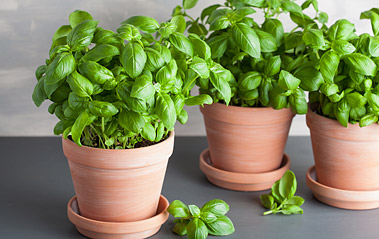

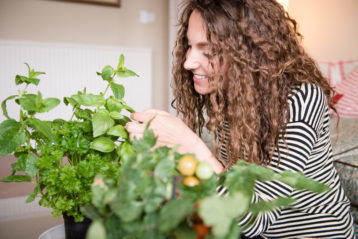
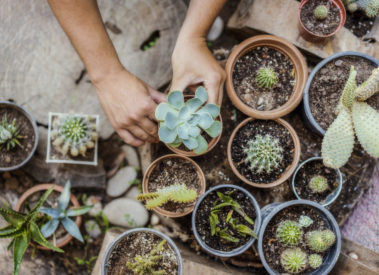

awsome blog keep up the hard work microgreen is the way to go
I love micro gardens. Especially with nutrient dense foods. I guess broccoli sprouts would be a good example!
Good article. Microgreens seems like an awesome concept. Can’t wait to try
Good luck!
Very informative! I can’t wait to try it myself. Thank you for the article.
Good luck!
Amazing, I’ll make this my micro year and raise a micro community.
Thank you for the article.
You definitely should! Good luck!
Very useful information. I will be trying these techniques with my next crop.
Thanks for sharing.
If I had the space, secondary crops would be an option. But there just aren’t enough benefits to justify use of the space…
Interesting, might just try this out for some garnishes and added flavors in my cooking
You really should! Especially if you already have the leftover seed you could use.
Why do people plant what looks like micro greens around cannabis plants?
Great question! As someone who doesn’t grow cannabis myself, I don’t have a solid answer but a couple of theories. My guess is that the microgreens are being planted to provide benefits as a companion crop. Plants like mustard release glucosinates into the soil when harvested — if the roots are left intact — that act as a biofumigant, preventing pests and diseases from developing in the soil. Plants like beans or other legumes would fix nitrogen, adding it to the soil to increase soil fertility. And pungent plants like garlic and herbs naturally repel insect pests.
Sounds interesting! I love indoor gardening and will definitely be giving this a try.
It’s so much fun! Good luck if you try it. 🙂
Great read, more people should get engaged in stuff like this. Answered questions for me.
That’s awesome the post answered some questions for you! Good luck if you decide to give it a try.
Been thinking about adding/streaming some microgreen growing online. Thanks for the great article!
This could be fun to try, will have to get a little tray going to live with my more fun plants.
Absolute 🔥
Only problem is microgreens seems to be an oversaturated market.
In some areas, I agree it’s an oversaturated market. But I think there’s great potential in some spots where “farm to table” is still finding a foothold.
I’ve been thinking about adding micros to my garden. I believe I’m ready to take that step now!
Glad to help with some information! Good luck!
Great information. Thanks! I’ve recently started a couple of microgreens shelves.
I started growing agar grass months ago but have been wanting to expand into others. These is a perfect guide and what an absolute poor tip about hard to grow seeds at the end do to their coating.
Thank you for your comment. I’m not recommending people stay away from mucilaginous seeds completely when growing microgreens, rather I was saying that beginners should avoid them because they are more challenging to grow. Some experienced growers have great luck with them, some struggle regardless of how many times or tricks they try.
Great read! I just saw some stuff on TikTok about this. Thanks!
Thanks so much for the great read! The crash course was definitely appreciated as I’d intended on soon expanding my garden to include microgreens.
Good timing then! Best of luck with expanding your garden.
Very well put together. I definitely want to start an indoor veggie garden. Very informative. Thank you